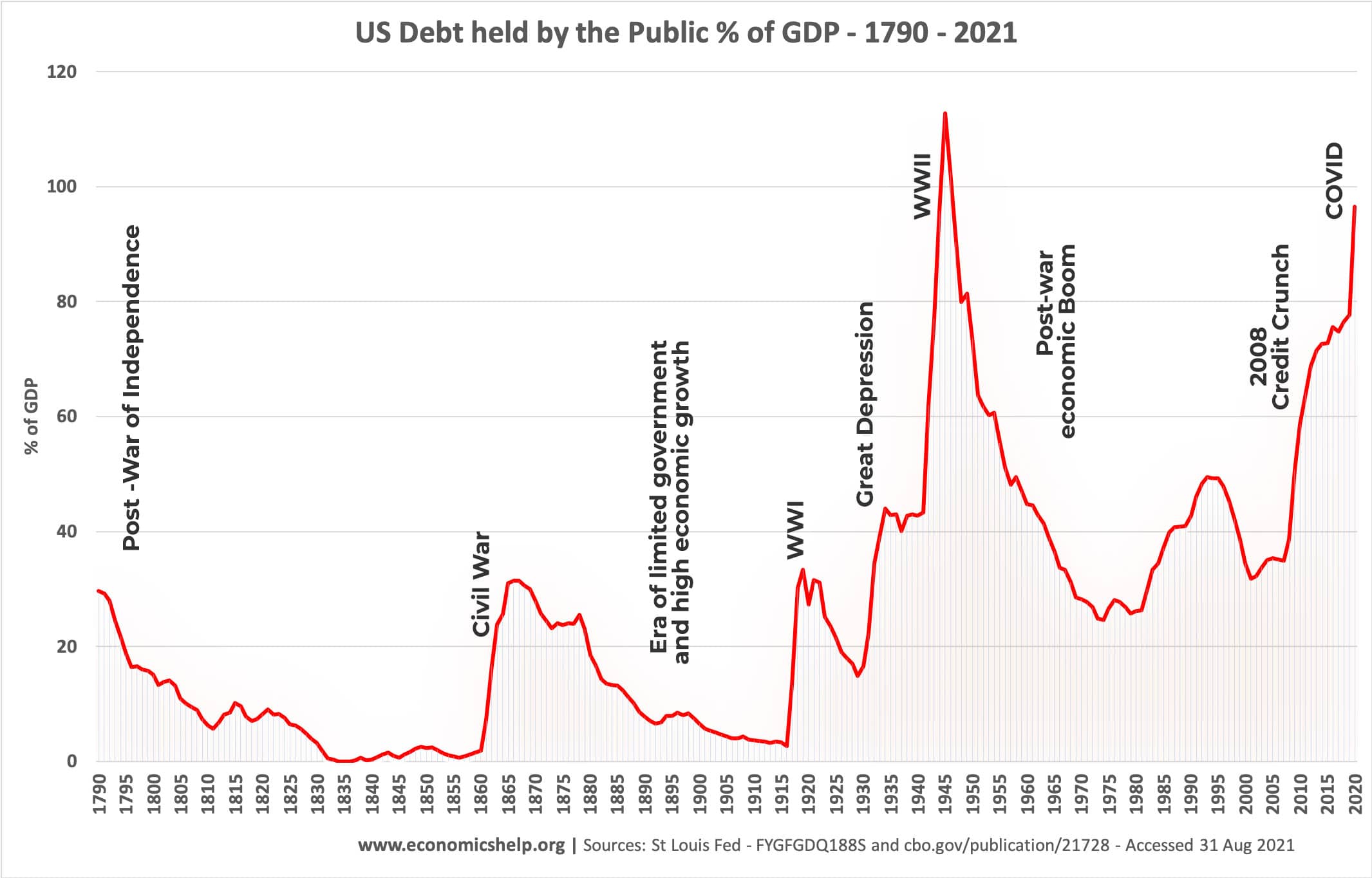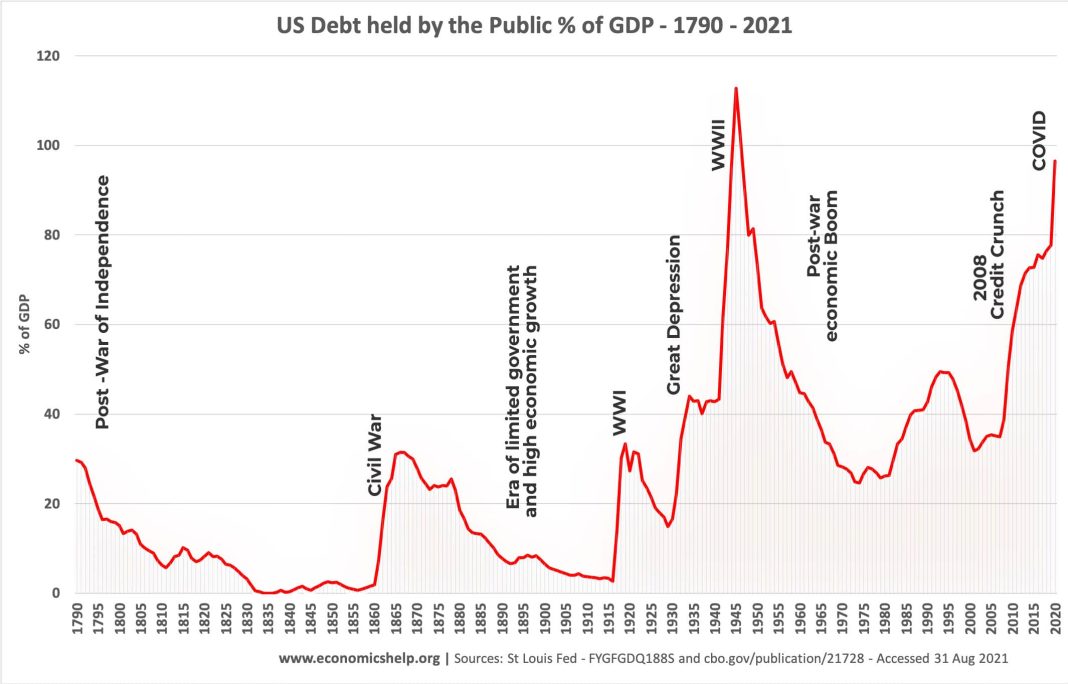 Introduction:
Introduction:
The Australian government is facing mounting pressure to address the country’s growing debt burden. Treasurer Jim Chalmers has stated that while there will not be significant spending cuts in the upcoming federal budget, there will be “spending restraint” and savings. Chalmers also expressed optimism about the possibility of achieving a second surplus. However, a recent research paper suggests that total government debt will continue to rise, reaching $1.4 trillion by 2023-2024 and $1.75 trillion by 2027.
Addressing the Debt Burden:
Chalmers acknowledged that interest payments on Australia’s loans are one of the fastest-growing line items in the budget. Additionally, programs like the National Disability Insurance Scheme (NDIS) have proven difficult to rein in. The treasurer admitted that some deficits in the upcoming budget would be larger than previously forecasted. Despite this, he emphasized the substantial progress that has been made in managing the country’s debt.
Finding Savings in the Budget:
Finance Minister Katy Gallagher explained that finding savings in the budget has become increasingly challenging. While there will be savings in the upcoming budget, Gallagher acknowledged that they are harder to come by. She cited a $1 billion saving resulting from reducing the use of external labor consultants and contractors as an example. The finance minister also highlighted the necessity of certain spending, particularly in sustaining essential services like MyGov and healthcare programs.
Cost-of-Living Relief:
Chalmers stated that the government’s focus would be on providing cost-of-living relief to Australians primarily through the tax system and other measures aimed at reducing inflationary pressures. He emphasized that substantial cost-of-living help has already been rolled out, with more to come in the budget. A key component of this relief will be a tax cut for every taxpayer. Chalmers highlighted the revised stage three tax cut, which he claimed would benefit 84 percent of taxpayers more than the previous arrangement under the former Coalition government. However, he acknowledged that cost-of-living pressures remain significant.
Opposition’s Response:
Shadow Treasurer Angus Taylor placed the blame for Australia’s high inflation situation on the Labor government. He argued that real wages have been declining under their leadership and that the announced policies would provide only marginal relief. Taylor specifically pointed to the increasing student debts due to inflation and urged the government to rein in spending and manage the budget more effectively. His remarks came shortly after the Labor government announced debt relief for students worth approximately $3 billion.
Conclusion:
As Australia grapples with its growing debt burden, the government faces the challenge of finding a balance between spending restraint and providing necessary support and relief to its citizens. While Treasurer Jim Chalmers remains optimistic about achieving a second surplus, a research paper suggests that government debt will continue to rise in the coming years. Finance Minister Katy Gallagher acknowledges the difficulty in finding savings but emphasizes the necessity of certain spending to sustain essential services. The government’s focus on providing cost-of-living relief through the tax system is intended to alleviate some inflationary pressures, but concerns about high living costs persist. Amidst criticisms from the opposition, the Labor government remains committed to addressing the country’s economic challenges while also providing assistance to struggling Australians.


